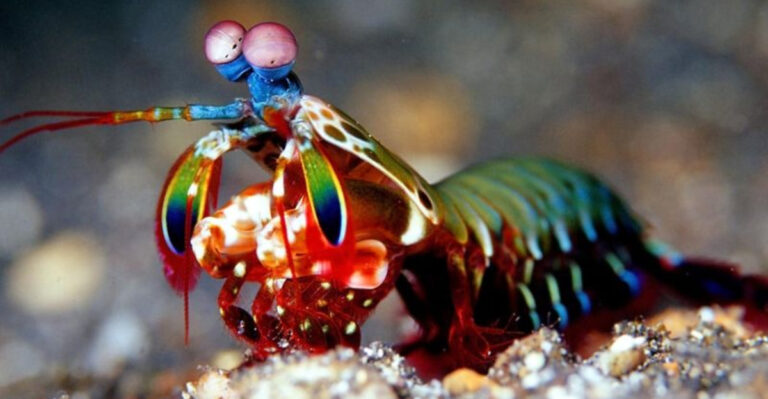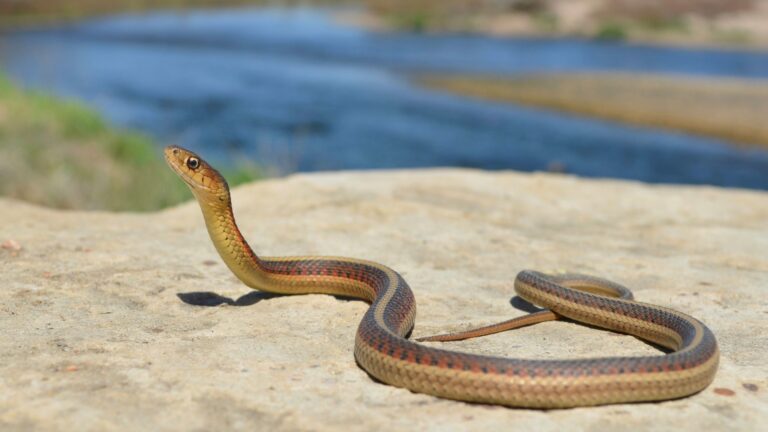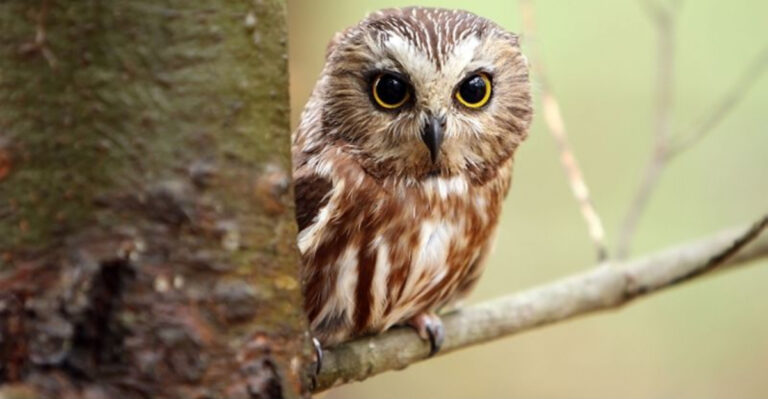10 Most Lethal Animals In The United States (And 5 Surprisingly Friendly Species)
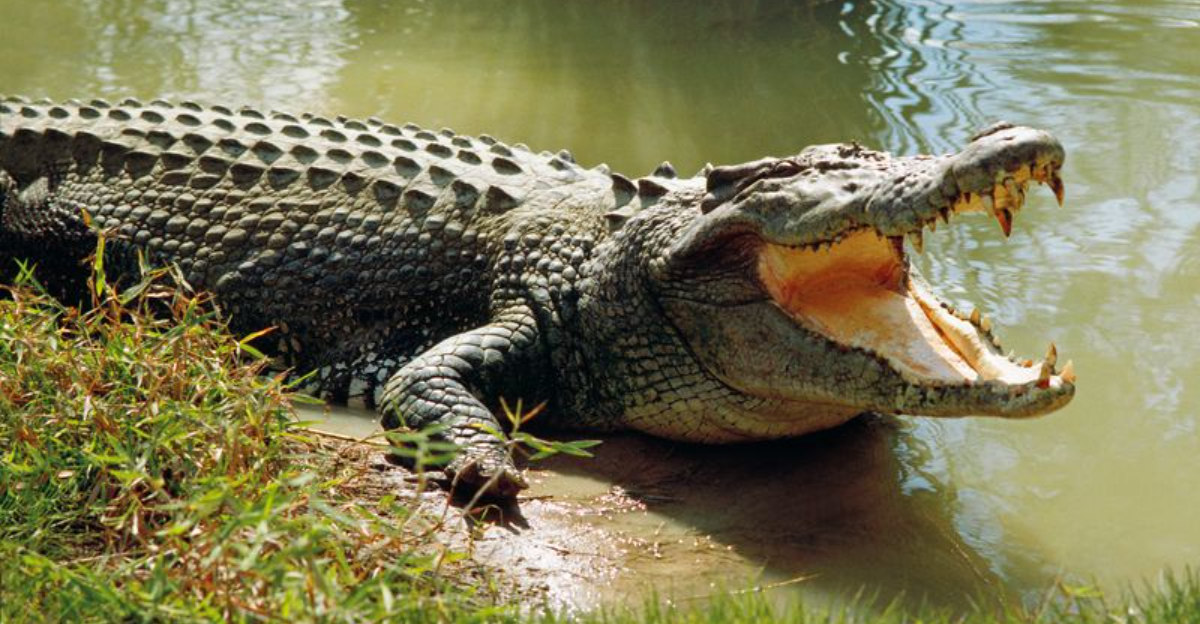
The United States is home to some of nature’s most fascinating creatures, from deadly predators to surprisingly gentle giants.
While some animals have earned their fearsome reputation through powerful attacks or potent venom, others that look intimidating are actually quite peaceful. Let’s explore the animals you should avoid at all costs, and a few that might just surprise you with their friendly demeanor.
1. Eastern Diamondback Rattlesnake
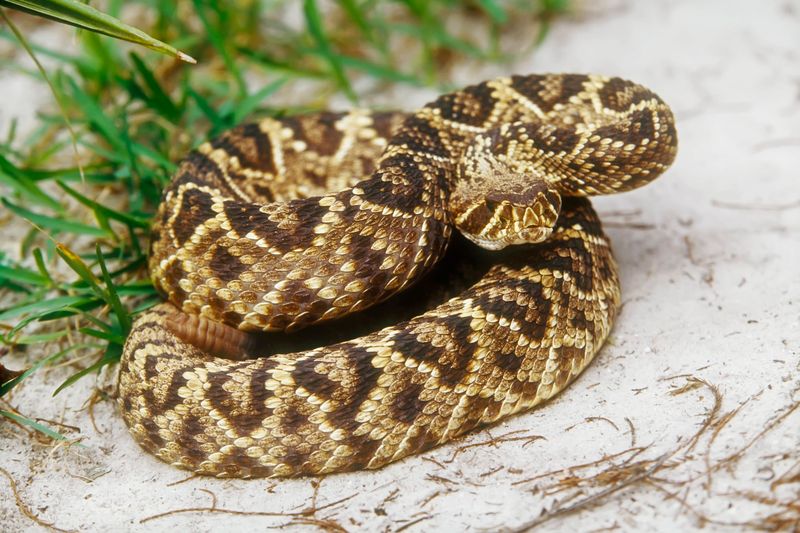
Lurking in the southeastern pine forests, this pit viper delivers enough venom in a single bite to kill multiple adults. Their distinctive rattle serves as a warning before they strike with lightning-quick precision.
Despite rarely attacking humans unprovoked, when threatened, these snakes can inject hemotoxic venom that destroys tissue and causes internal bleeding. Their large size—up to 8 feet long—makes them especially dangerous among North American snakes.
2. American Alligator
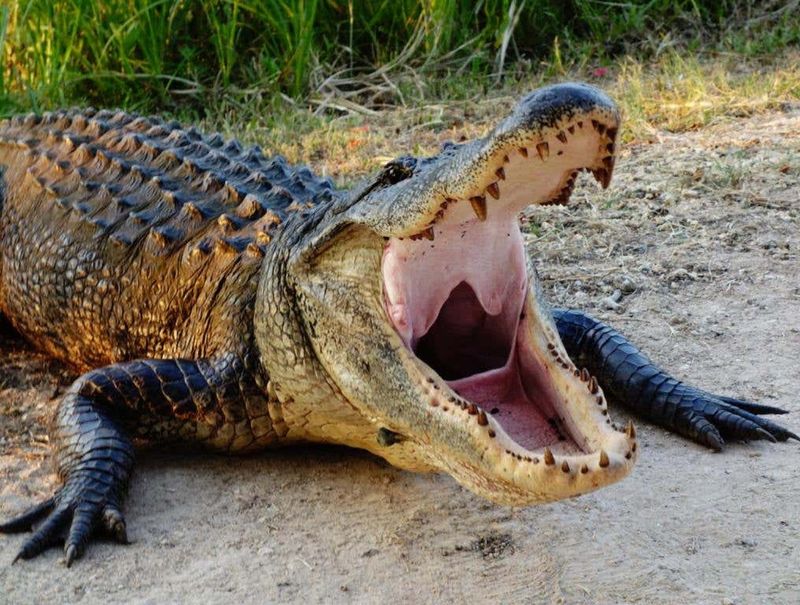
Masters of ambush, American alligators might appear sluggish while sunning themselves, but can explode into action at 30 mph when hunting. Their massive jaws exert 2,000 pounds of bite force—enough to crush turtle shells with ease.
Found throughout southeastern waterways, these ancient reptiles are responsible for rare but occasionally fatal attacks. Adults can reach 15 feet long and weigh over 1,000 pounds, making them formidable predators in their freshwater domains.
3. Grizzly Bear
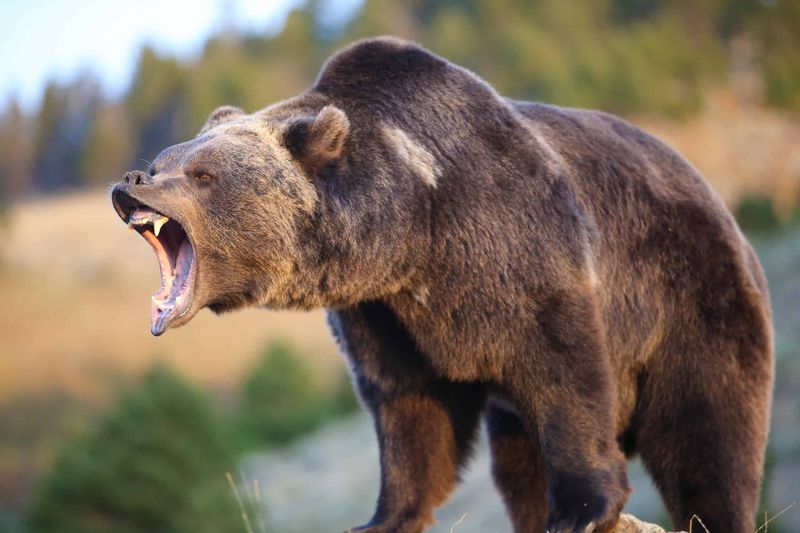
Standing 8 feet tall on hind legs, a grizzly bear combines raw power with surprising speed—capable of outrunning horses over short distances. Their massive paws house 4-inch claws that can disembowel prey with a single swipe.
Females protecting cubs represent the most dangerous encounters in the wild. With jaws strong enough to crush bowling balls and a keen sense of smell that detects food miles away, these majestic behemoths demand absolute respect in their mountain territories.
4. Black Widow Spider
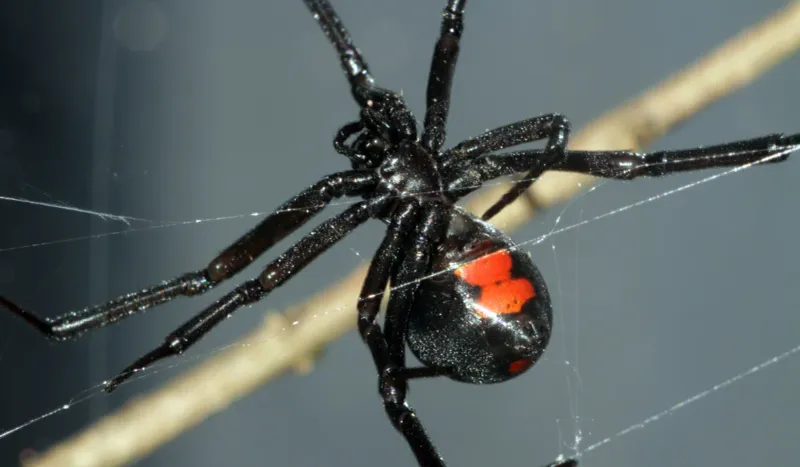
Recognizable by the blood-red hourglass marking on her abdomen, the female black widow packs neurotoxic venom 15 times more potent than a rattlesnake’s. These tiny assassins build irregular webs in dark corners, woodpiles, and underneath outdoor furniture.
Though rarely fatal to healthy adults, their bites cause intense pain, muscle cramping, and potentially serious complications for children and elderly victims. Despite their deadly reputation, these spiders only bite when directly threatened or disturbed.
5. Saltwater Crocodile
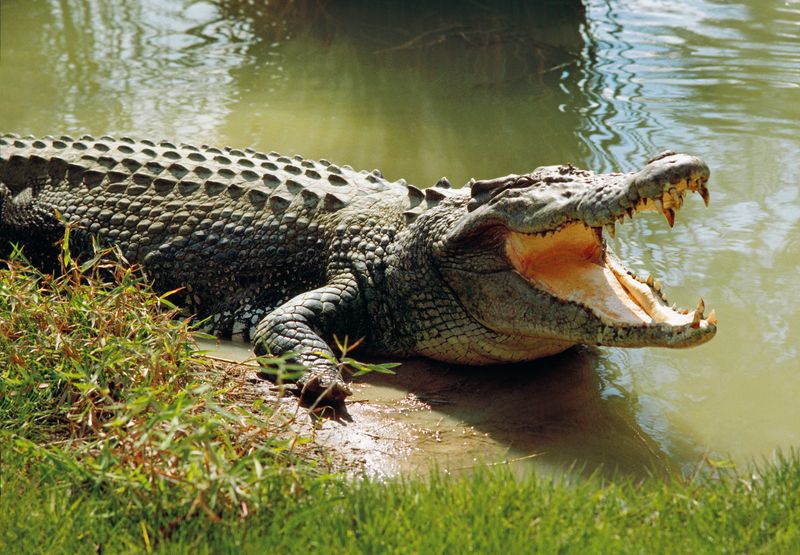
The ultimate apex predator, saltwater crocodiles occasionally venture into Florida’s southern waters from their Caribbean habitats. Growing to over 20 feet long, these prehistoric monsters can remain motionless for hours before attacking with explosive force.
Their bite force measures a staggering 3,700 pounds—the strongest of any animal alive today. Perfectly evolved ambush hunters, they drag victims underwater in a deadly “death roll” that few survive. Thankfully, established populations remain rare in U.S. territories.
6. Mountain Lion

Silent stalkers of the wilderness, mountain lions can leap 40 feet horizontally and 15 feet vertically from a standstill. These solitary predators prefer to attack from behind, targeting the neck to quickly dispatch prey much larger than themselves.
Weighing up to 200 pounds and capable of dragging deer carcasses miles uphill, their raw power is matched only by their ghostlike stealth. Though human attacks remain rare, increasing habitat encroachment has led to more dangerous encounters in western states.
7. Box Jellyfish
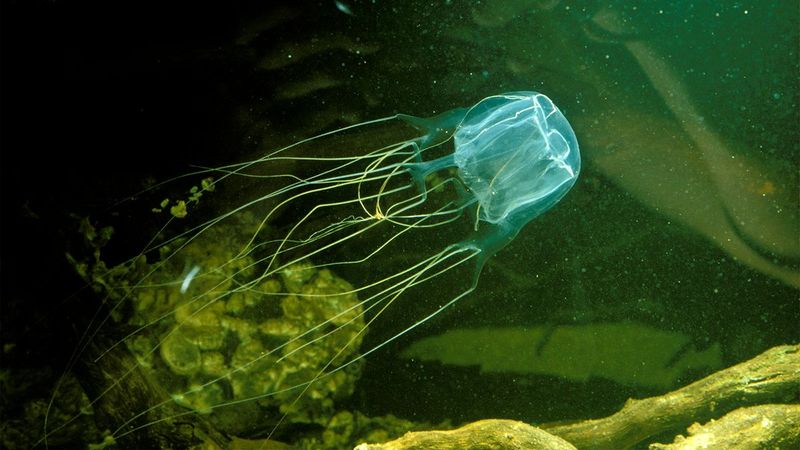
Nearly invisible in coastal waters, box jellyfish occasionally drift into the Gulf of Mexico and Hawaiian shores. Their venom contains toxins that attack the heart, nervous system, and skin cells simultaneously, causing excruciating pain that can trigger fatal shock.
What makes them particularly dangerous is their active hunting style—unlike most jellyfish, they can swim up to 4 mph and deliberately pursue prey. Their tentacles, covered with millions of microscopic venom-injecting cells, can extend up to 10 feet.
8. Arizona Bark Scorpion
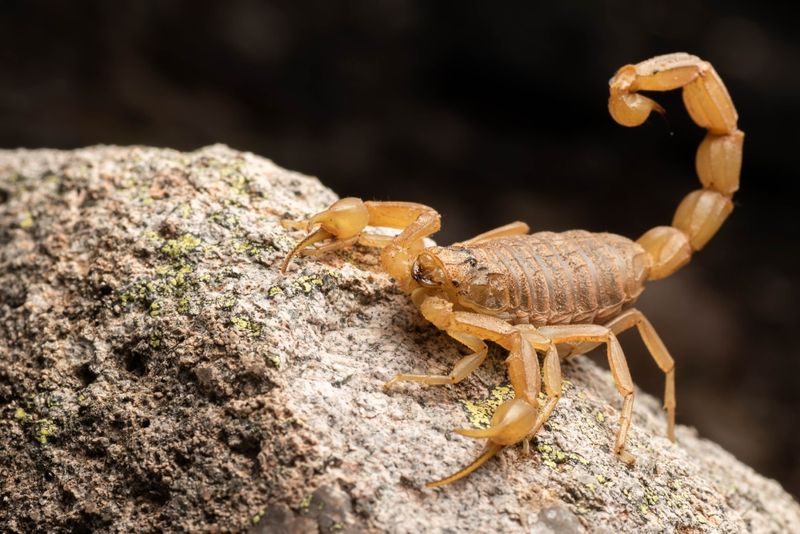
Hiding in shoes, bedding, and dark crevices, the Arizona bark scorpion is the only species in the United States whose sting can be lethal. Barely two inches long, these pale yellow arachnids can squeeze through cracks as thin as a credit card.
Their venom causes intense burning pain, numbness, and in severe cases, breathing difficulties and convulsions. Unlike other scorpions, they can climb walls and even hang upside-down from ceilings, making encounters unpredictable in southwestern desert homes.
9. Wolverine
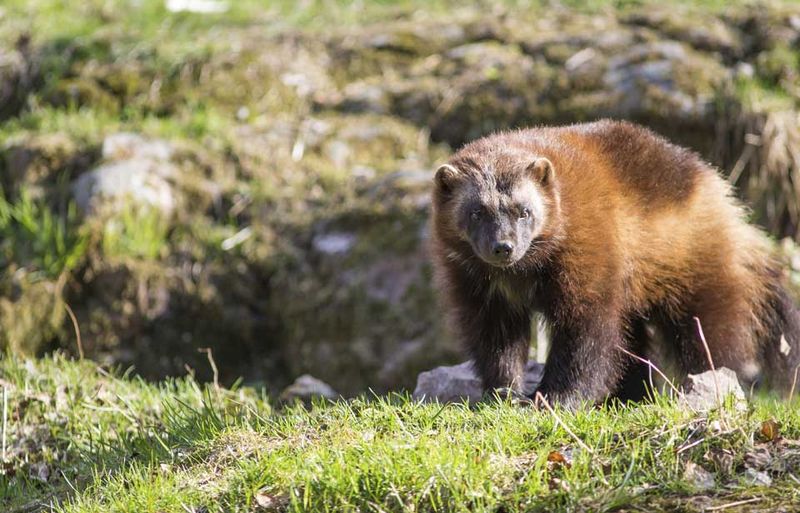
Pound for pound, the wolverine might be North America’s most ferocious mammal. Despite weighing just 30 pounds, these muscular predators routinely drive bears and wolves away from kills and have been documented taking down moose ten times their size.
Armed with semi-retractable claws and powerful jaws that can crush frozen bone, wolverines have no fear of larger animals. Their territorial aggression and willingness to fight anything that crosses their path make encounters in northern wilderness areas potentially deadly.
10. Redback Spider
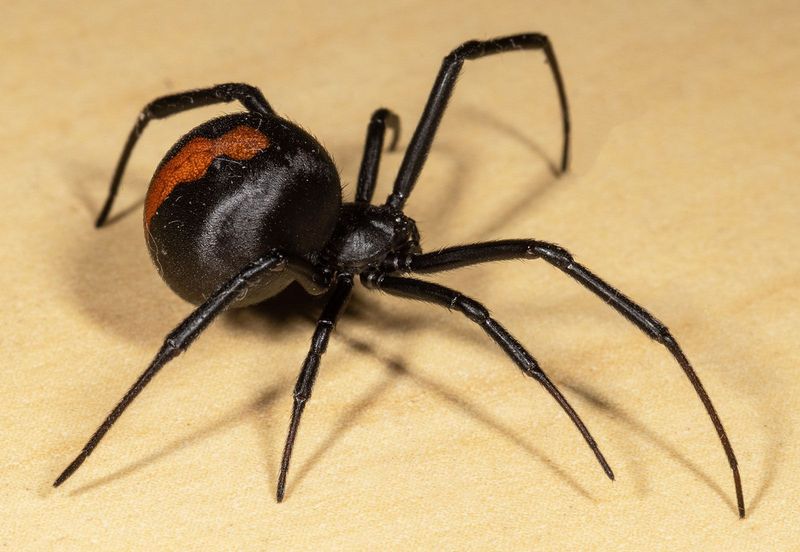
Cousins to black widows, redback spiders have established colonies in southern states after arriving from Australia. Their distinctive red stripe runs lengthwise along the abdomen, making identification easier than their more famous relatives.
The neurotoxic venom causes progressive pain that intensifies over days rather than improving. Though deaths are extremely rare with modern medical care, untreated bites can lead to severe complications including persistent nausea, headaches, and in extreme cases, respiratory failure.
11. Gray Wolf
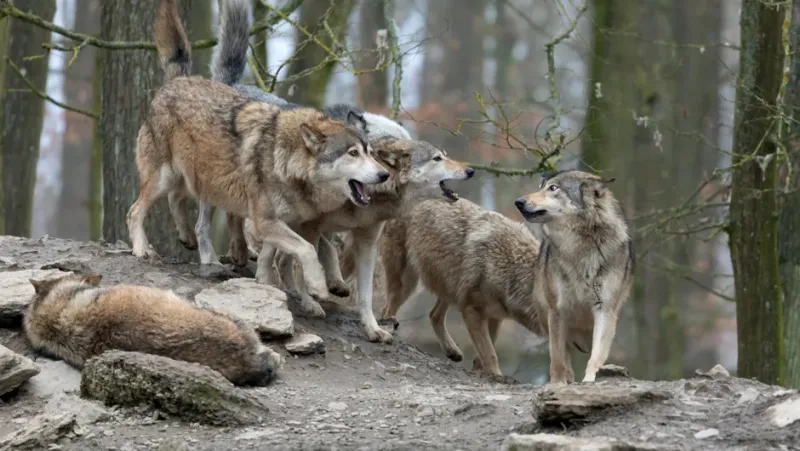
Contrary to fairy tale villains, gray wolves maintain complex social structures built on cooperation and affection. Pack members greet each other enthusiastically after separations, play together regularly, and show remarkable tenderness toward pups.
While wild wolves naturally avoid humans, those raised in sanctuaries often form strong bonds with caretakers. Their intelligence allows them to distinguish between familiar humans and strangers, showing curiosity rather than aggression when properly socialized.
12. Bottlenose Dolphin

Famous for their upturned “smiles,” bottlenose dolphins actively seek human interaction along coastal areas. These marine mammals possess self-awareness, recognize themselves in mirrors, and can remember specific humans for decades.
Numerous accounts exist of wild dolphins protecting swimmers from sharks or guiding stranded boats to safety. Their playful nature—they create bubble rings for amusement and surf waves purely for enjoyment—makes them among the most approachable wild animals in American waters.
13. American Bison

Despite their intimidating 2,000-pound frames and ability to run at 35 mph, bison typically avoid confrontation unless directly threatened. These gentle giants form strong maternal bonds, with females collectively protecting calves within the herd.
Visitors observing proper distance in places like Yellowstone witness surprisingly peaceful behavior. Bison demonstrate complex emotions—they’ve been observed mourning deceased herd members and celebrating births with playful romping that belies their massive size.
14. American Black Bear
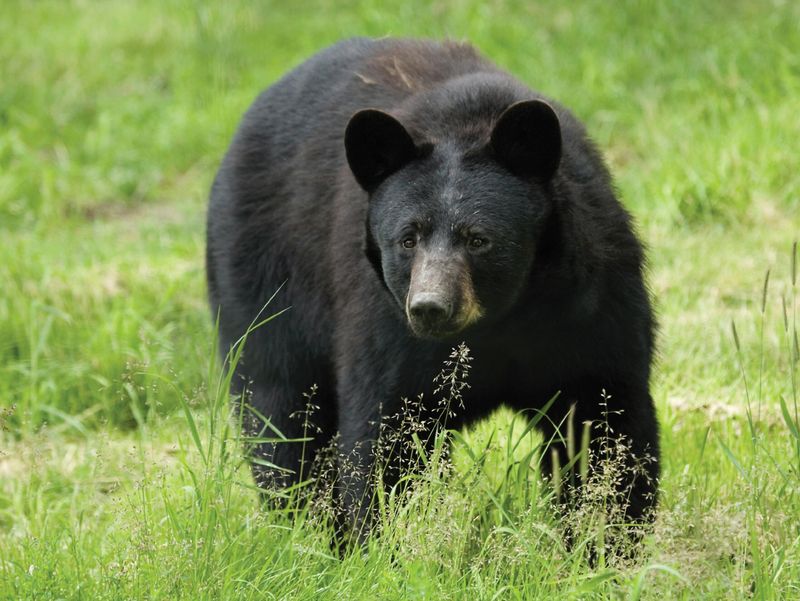
Often mistaken for dangerous grizzlies, black bears prefer flight over fight when encountering humans. These naturally timid creatures feed primarily on berries, nuts, and insects rather than hunting larger prey.
Researchers studying black bears frequently describe their gentle, almost shy demeanor. Mother bears show extraordinary patience with cubs, teaching complex foraging skills through demonstration. Their intelligence—comparable to great apes in problem-solving tests—makes them among the most misunderstood forest dwellers.
15. Manatee
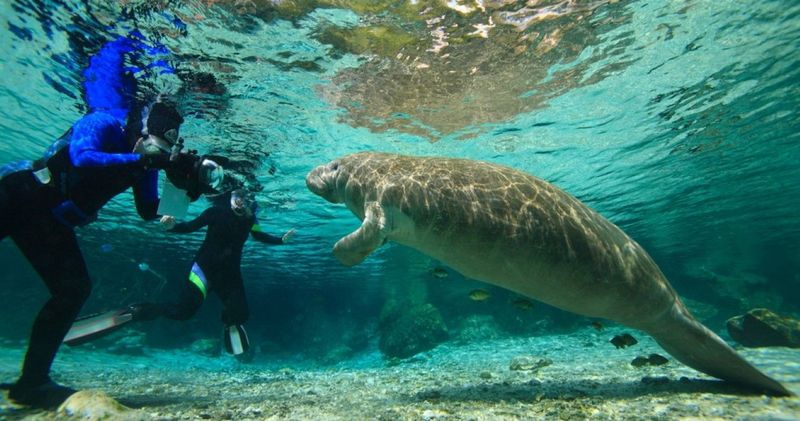
Nicknamed “sea cows” for their gentle grazing habits, manatees approach boats and swimmers with puppy-like curiosity. These rotund marine mammals lack natural predators and therefore never developed fear or aggression as survival mechanisms.
Florida’s beloved residents actively seek human interaction, often rolling over for belly rubs from delighted snorkelers. Their peaceful nature extends to other species—manatees have been observed sharing food with turtles and allowing small fish to clean their skin, demonstrating an unusual level of interspecies cooperation.


